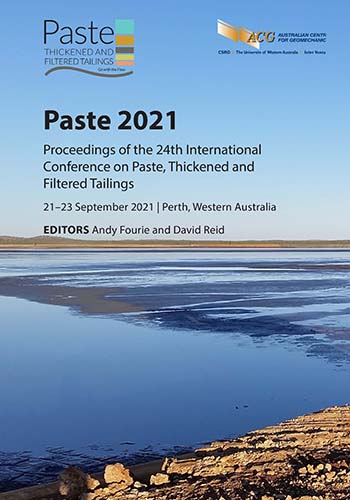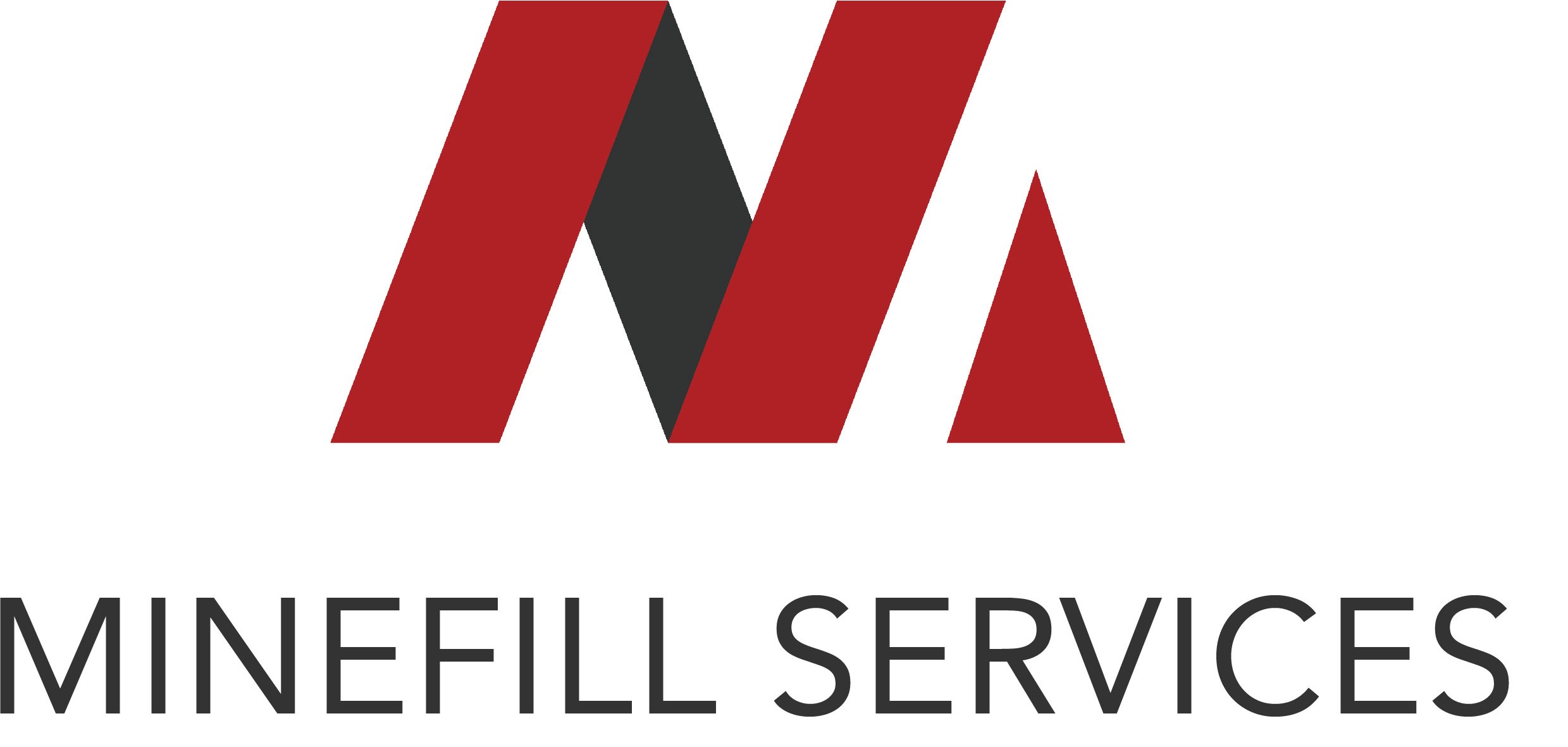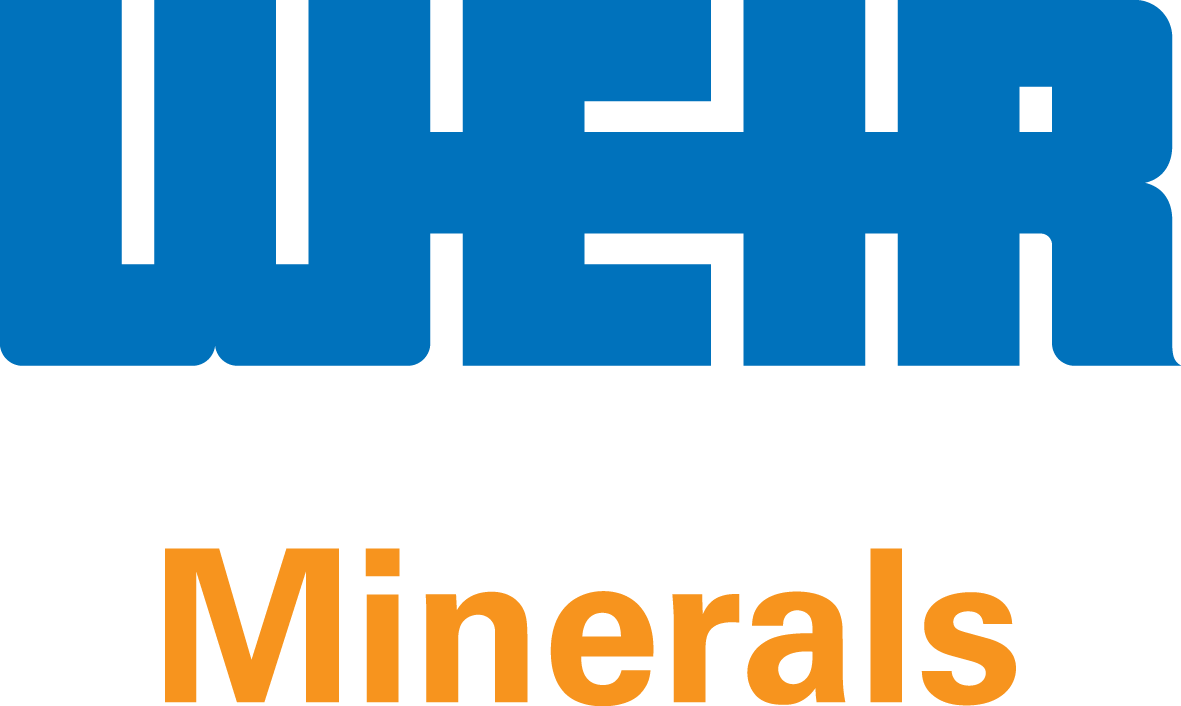The development and practice of new quick-setting filling materials prepared by total industrial wastes

|
Authors: Wu, AX; Jiang, GZ; Wang, YM; Ruan, ZE |
DOI https://doi.org/10.36487/ACG_repo/2115_32
Cite As:
Wu, AX, Jiang, GZ, Wang, YM & Ruan, ZE 2021, 'The development and practice of new quick-setting filling materials prepared by total industrial wastes', in AB Fourie & D Reid (eds), Paste 2021: Proceedings of the 24th International Conference on Paste, Thickened and Filtered Tailings, Australian Centre for Geomechanics, Perth, pp. 397-408, https://doi.org/10.36487/ACG_repo/2115_32
Abstract:
Traditional paste filling materials adopt industrial solid wastes such as unclassified tailings and waste rocks as filling aggregates, but the binder used is dominantly commercial cement, which raises the filling cost. Hemihydrate phosphogypsum (HPG) is one of the main by-products of the phosphorus chemical industry, and the high-efficiency utilisation technology of HPG has been a problem worldwide. The potential gelling property of HPG is found in the laboratory at first. It is then modified by appropriate chemical and physical methods to produce new filling binder with the purpose of replacing cement completely. A lot of experiments show that the modified HPG (MHPG) has outstanding properties of quick setting (setting time less than 90 minutes), high early strength (UCS for three days more than 8 MPa) and good flowability (yield stress less than 50 Pa). In addition, MHPG can bind different aggregates according to the filling needs to prepare a homogeneous, non-settling, and non-bleeding filling paste. In the past three years, two mines in Guizhou, China have adopted the underground paste backfill technology and surface open pit cemented filling technology based on MHPG paste materials. In practice, this new technology reduces the material cost by 30%, increases the flow capacity by 50%, and has a solid wastes rate of more than 98% compared to traditional methods.
Keywords: new quick-setting filling materials, total industrial wastes, underground paste backfill, open pit cemented filling
References:
Chen, QS, Tao, YB, Feng, Y, Zhang, QL & Liu, YK 2021, ‘Utilization of modified copper slag activated by Na2SO4 and CaO for unclassified lead/zinc mine tailings based cemented paste backfill’, Journal of Environmental Management, vol. 290.
Jiang, GZ, Wu, AX, Wang, YM & Lan, WT 2018, ‘Low cost and high efficiency utilization of hemihydrate phosphogypsum: Used as binder to prepare filling material’, Construction and Building Materials, vol. 167, pp. 263–270.
Jiang, GZ, Wu, AX, Wang, YM & Li, JQ 2019, ‘The rheological behavior of paste prepared from hemihydrate phosphogypsum and tailing’, Construction and Building Materials, vol. 229, 116870.
Singh, M 2005, ‘Role of phosphogypsum impurities on strength and microstructure of selenite plaster’, Construction and Building Materials, vol. 19, no. 6, pp. 480–486.
Tayibi, H, Choura, M, López, FA, Alguacil, FJ & López-Delgado, A 2009, ‘Environmental impact and management of phosphogypsum’, Journal of Environmental Management, vol. 90, no. 8, pp. 2377–2386.
Wu, AX, Cheng, HY, Yang, Y & Zhang, LF 2017a, ‘Development and challenge of paste technology in China’, in AX Wu & RJ Jewell (eds), Paste 2017: Proceedings of the 20th International Seminar on Paste and Thickened Tailings, University of Science and Technology Beijing, Beijing, pp. 2–11.
Wu, AX, Lan, WT, Wang, YM, Li, ZJ, Wang, JC & Li, JQ 2017b, ‘Low cost and high strength paste filling material with solid waste’, in AX Wu & RJ Jewell (eds), Paste 2017: Proceedings of the 20th International Seminar on Paste and Thickened Tailings, University of Science and Technology Beijing, Beijing, pp. 149–154.
Xie, H & Chen, Y 2016, ‘Experimental research on creep laws of high-water material under real pressure water environment’, Key Engineering Materials, vol. 705, pp. 350–354.
Yin, SH, Shao, YJ, Wu, AX, Wang, HJ, Liu, XH & Wang, Y 2020, ‘A systematic review of paste technology in metal mines for cleaner production in China’, Journal of Cleaner Production, vol. 247, 119590.
© Copyright 2025, Australian Centre for Geomechanics (ACG), The University of Western Australia. All rights reserved.
View copyright/legal information
Please direct any queries or error reports to repository-acg@uwa.edu.au
View copyright/legal information
Please direct any queries or error reports to repository-acg@uwa.edu.au





